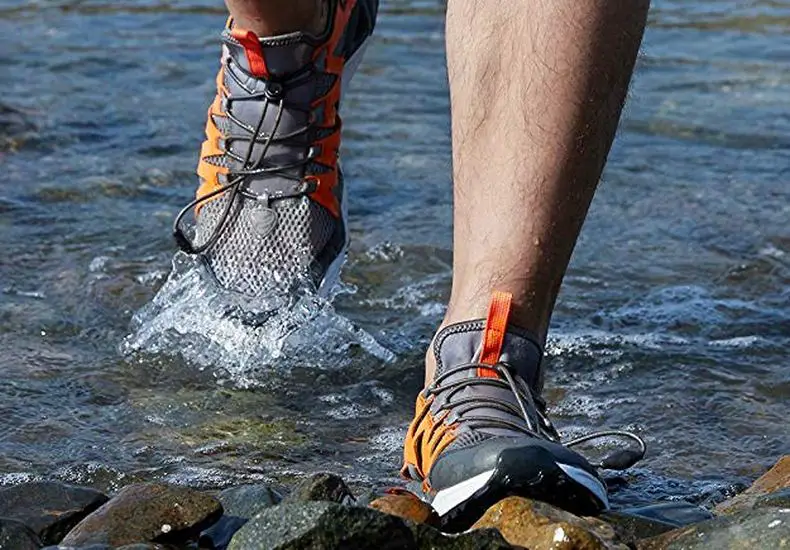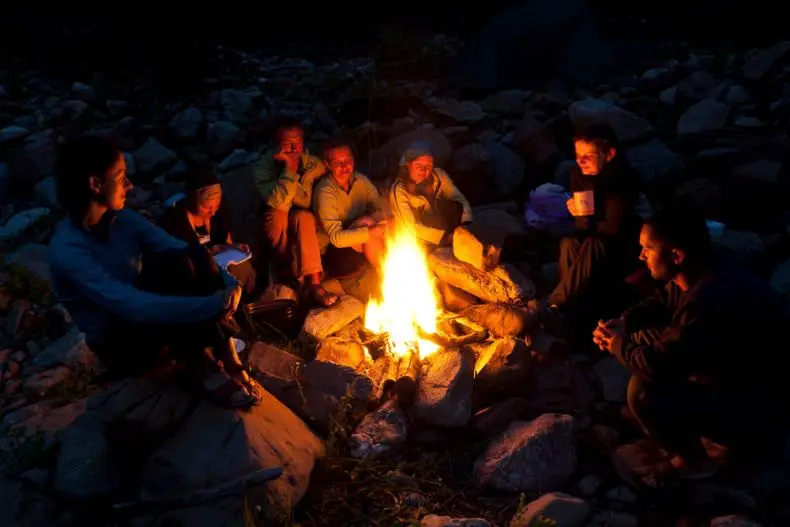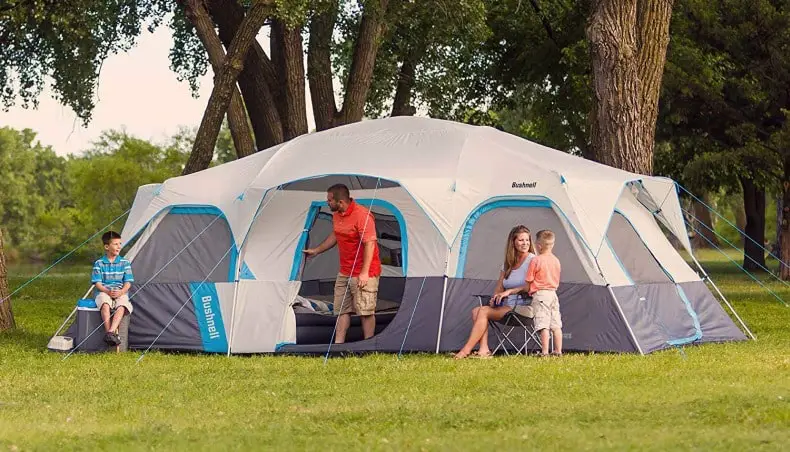While it might seem crazy, some people like to wash their tents here and there. For some, this makes some sense. That does not mean you’ll put it in your washing machine, naturally. Yet your tent will eventually get wet if you camp enough. So can you put it in the dryer to get all the water off of your tent?
The answer is a solid NO! You should never, EVER, put your tent in a dryer. While it might make some sense to do so in order to dry it off faster, this is not smart to do. It can actually damage your tent to do this too.
It is rare you’d need to dry your tent, in the first place. The reason being, most tents are going to be able to bounce most of the rain off that it might experience AS IT HAPPENS. Let’s say, however, that maybe you need to dry it out because it got wet the night before and you need to use it inside or something.
There are a few ways you can dry it out. The first is to simply use a clothesline outside and hang it out over the line. It’ll likely allow the sun to dry it a bit and excess water will likely fall right off, without much of a problem.
Another way to dry it off would be obvious, just use a regular towel. Remember, a lot of this water will more than likely fall off. Therefore, you won’t need to do much to dry it off. Simply use a towel to get most of the excess water off. Similar to what you might do with a rain jacket.
Why You Should Not Put A Tent In The Dryer
Many tents are able to handle high heat and even protect you from UV Rays. This is a very common thing among newer tents, especially expensive types. However, even these tents will struggle under the heat that is experienced in a dryer.
The average dryer will dry things at a temperature between 125 and 135 degrees Fahrenheit. It is made to dry fabric by turning water within it into vapor. To do this, heat must be high enough and there will need to an exit for this excess vapor.
Usually, dryers put this into the catch that a lot of that weird fuzz stuff is located in. That said, this is made for fabric like your clothing, towels, etc. It is not made for things that are not using normal fabric types, especially those used by tents.
In fact, you can burn the tent as the materials used are not meant to be superheated.
Many of them use Nylon while others might use Polyester or another type of material. It is relatively thin but holds up under some major conditions. Yet many are coated in a substance that aids the tent in waterproofness or water resistance.
By drying it, it would lose all of that added substance. You’re also risking, again, the materials themselves. It could even cause them to shrink or create holes in the tent.
The Best Way To Stop Problems Is To Prevent Them
A lot of people will tell you that you can throw the tent on a spin cycle in your washing machine, yet even this can be a risk. You’re better off avoiding a washing machine and dryer altogether when it comes to your tent.
The best thing to do is to stop problems here before they come up. A few ways to do this is by using some preventative measures. One such measure is using a brush, which will be used to brush off excess water on your tent or inside of it.
It can work well because you’re getting a lot of water out, yet you’re not superheating it to do so obviously. Of course, you could see this as a possible issue as the brush hairs could puncture the tent if you do things too hard. Yet this is far less common and brushes are a good way to get stuff off of your tent, without risking damage.
Another thing you can do is buy some waterproof spray. This spray can be found at most outdoor stores, Walmart, and various other places too. It’s relatively cheap and can be used every time you go camping. It should help prevent any issues with water your tent might experience.
If it’s just water-resistant and not waterproof, this spray can be an excellent way to add further protection from water. Moreover, if you do not have the money to buy any of this spray for some reason, then other non-stick spray works.
Yes, things like PAM Spray can be used on your tent to help it battle against water. Of course, using this spray with no possible storm coming would not be a good thing. If it’s very sunny, that spray can burn. Therefore, be careful when using the non-stick spray.
Another Preventive Concept:
One thing people can do on top of all of the mentioned stuff regarding spray is camp in places where you might not have to deal with a lot of morning dew. On top of camping in places where you might have more coverage from the rain.
The best way to do this is to find straw or sandy areas to camp if at all possible. This will prevent issues with dew. Yet if you want total coverage, you’ll need to find either a rock covering or treeline somewhere.
Rock coverings can be great as you’re sure to be protected from rain. As long as you’re mostly under the rock and protect against possible backsplash issues. Yet this can be a risky place to camp due to many animals having the same idea.
Tree covering is often better because a large treeline will prevent a lot of water or snow from making it through to you. There will still be some that make it through the treeline, but it won’t be nearly as much as you could experience in an open area.






